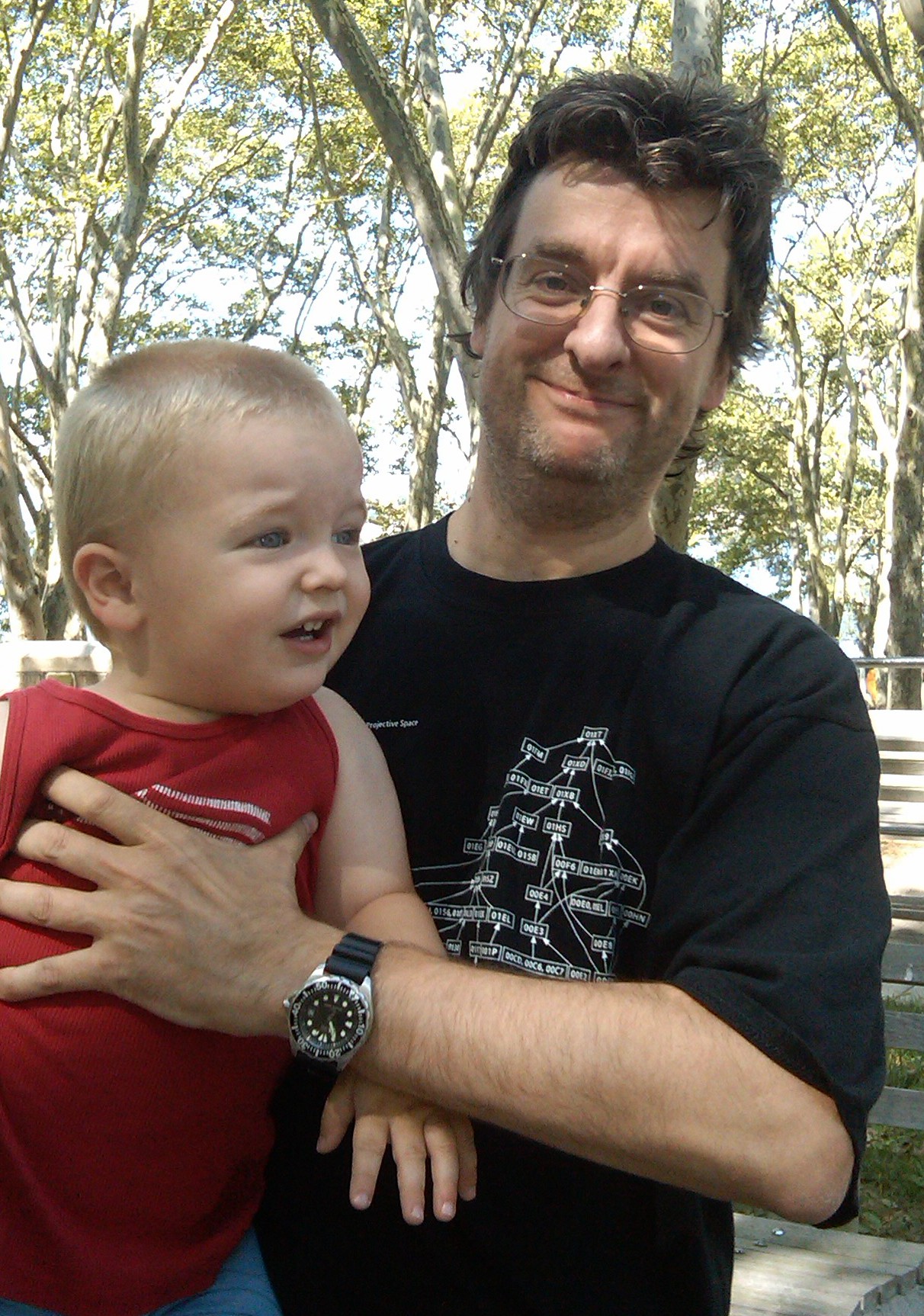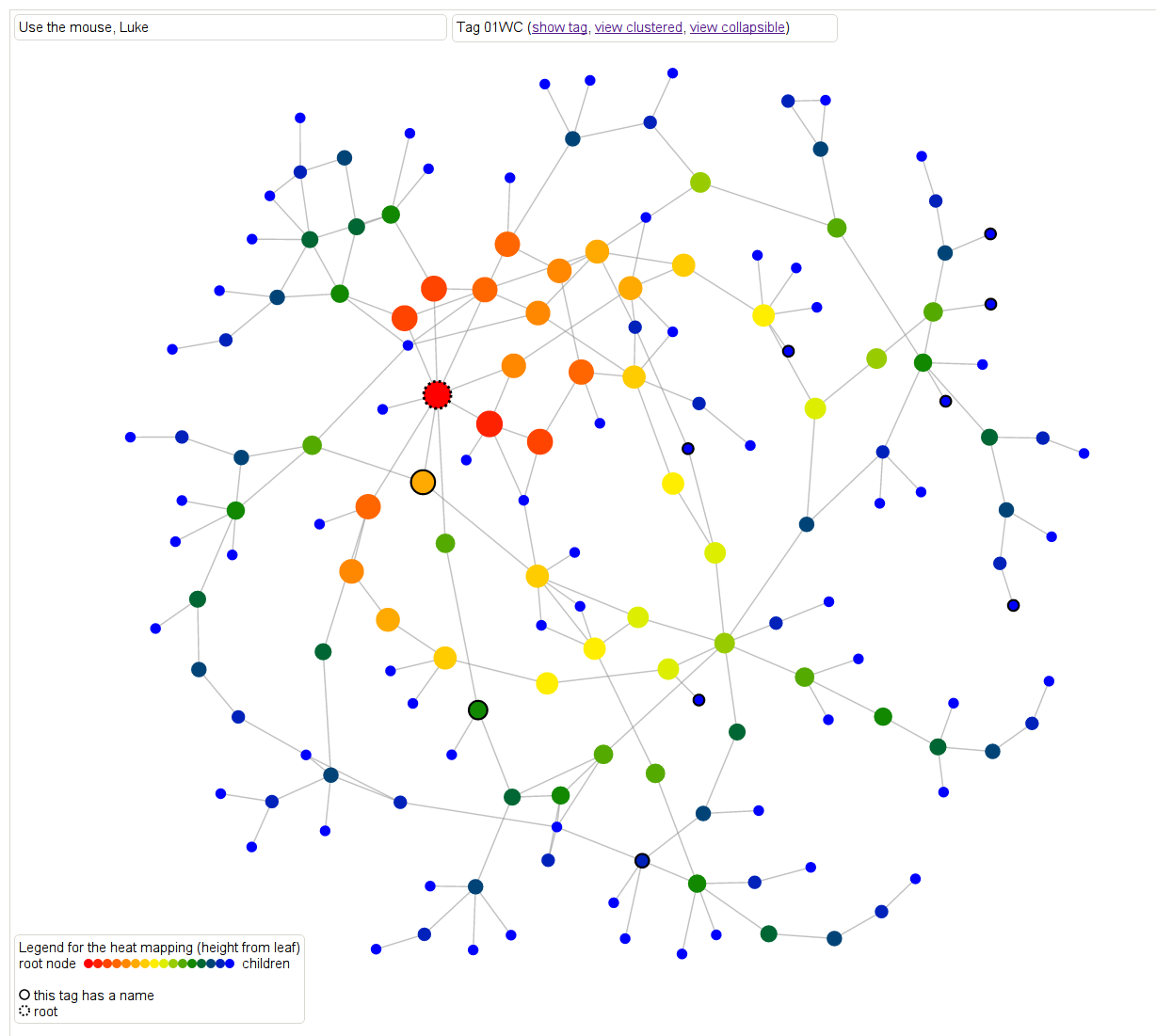Tom Siegfried at Science News has a new piece about how Belief in multiverse requires exceptional vision that starts off by accusing critics of multiverse mania of basically being ignoramuses who won’t accept the reality of anything they can’t see with their own eyes, like those in the past who didn’t believe in atoms, or superstrings:
If you can’t see it, it doesn’t exist. That’s an old philosophy, one that many scientists swallowed whole. But as Ziva David of NCIS would say, it’s total salami. After all, you can’t see bacteria and viruses, but they can still kill you.
Yet some scientists still invoke that philosophy to deny the scientific status of all sorts of interesting things. Like the theoretical supertiny loops of energy known as superstrings. Or the superhuge collection of parallel universes known as the multiverse.
It’s the same attitude that led some 19th century scientists and philosophers to deny the existence of atoms.
The problem with the multiverse of course is not that you can’t directly observe it, but that there’s no significant evidence of any kind for it: it’s functioning not as a testable scientific explanation, but as an excuse for the failure of ideas about unification via superstring theory. Siegfried makes this very clear, with his argument specifically aimed at those who deny the existence of “supertiny loops of energy known as superstrings”, putting such a denial in the same category as denying the existence of atoms. Those who deny the existence of superstrings don’t do so because they can’t see them, but because there’s no scientific evidence for them and no testable predictions that would provide any.
Siegfried has been part of the string theory hype industry for a long time now, and was very unhappy with my book, which he attacked in the New York Times (see here) as misguided and flat-out wrong for saying string theory made no predictions. According to him, back in 2006:
…string theory does make predictions — the existence of new supersymmetry particles, for instance, and extra dimensions of space beyond the familiar three of ordinary experience. These predictions are testable: evidence for both could be produced at the Large Hadron Collider, which is scheduled to begin operating next year near Geneva.
We now know how that turned out, but instead of LHC results causing Siegfried to become more skeptical, he’s doubling down, with superstring theory now accepted science and the multiverse its intellectual foundation.
The excuse for Siegfried’s piece is the Wilczek article about multiverses that I discussed here, where I emphasized only one part of what Wilczek had to say, the part with warnings. Siegfried ignores that part and based on Wilczek’s enthusiasm for some multiverse research takes him as a fellow multiverse maniac and his article as a club to beat those without the exceptional vision necessary to believe in superstrings and the multiverse. Besides David Gross, I’m not seeing a lot of prominent theorists standing up to this kind of nonsense, leaving those invested in failed superstring ideology with the road clear to turn fundamental physics into pseudo-science, helped along by writers like Siegfried.
Update: A commenter points to this from Wilczek, noting his lesser multiverse enthusiam than Siegfried’s.
Update: Ashutosh Jogalekar at The Curious Wavefunction has a similar reaction to the Siegfried piece.
Update: There’s an FQXI podcast up now (see here), with Wilczek discussing the multiverse.







